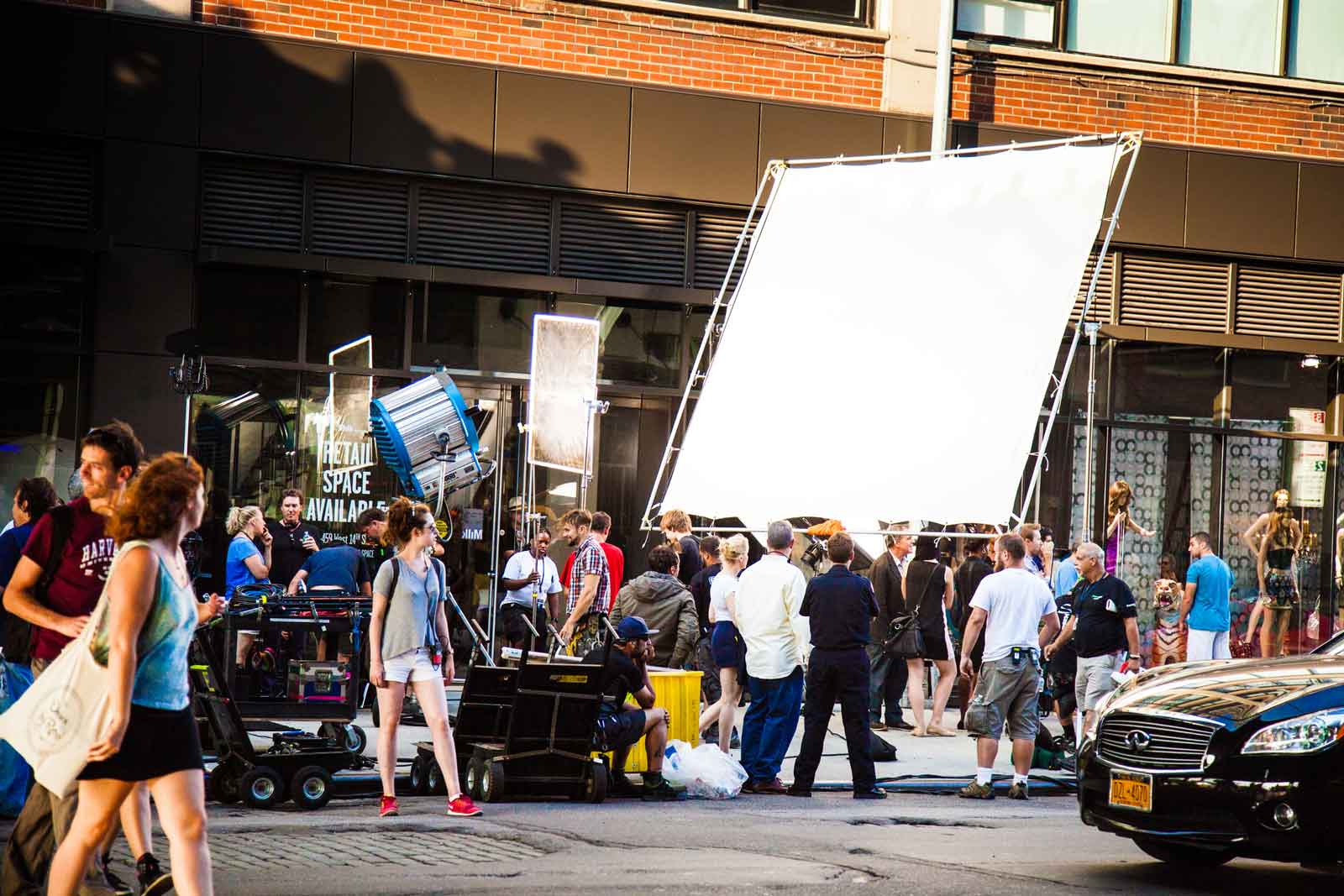Visual effects artists are the creative minds behind the stunning visual effects seen in movies, television shows, and video games. They use their artistic talents and technical skills to bring imaginary worlds to life on screen. If you’re considering a career as a visual effects artist, understanding the salary potential in this field is crucial. In this comprehensive guide, we will explore the factors that influence visual effects artist salaries, industry trends, and tips for maximizing your earning potential.
Factors Influencing Visual Effects Artist Salaries
The salary of a visual effects artist can vary based on several factors, including experience, skill level, location, industry sector, and the complexity of the projects they work on. Entry-level visual effects artists may start with a lower salary, while seasoned professionals with a strong portfolio and extensive experience can command higher compensation. Specialized skills in areas such as 3D modeling, animation, compositing, and visual effects software proficiency can also impact salary levels.
Industry Trends and Job Outlook
The demand for visual effects artists continues to grow as the entertainment industry relies heavily on cutting-edge visual effects to captivate audiences. With the rise of streaming platforms, video games, virtual reality, and augmented reality experiences, the need for skilled visual effects artists is on the rise. As technology advances and new mediums for storytelling emerge, visual effects artists with diverse skills and a strong creative vision are poised to thrive in this dynamic industry.
Salary Range and Earnings Potential
According to industry data, the average salary for visual effects artists in the United States ranges from $50,000 to $120,000 per year, depending on factors such as experience, location, industry sector, and project scope. Entry-level positions may offer salaries on the lower end of the spectrum, while senior visual effects artists working on high-profile projects can earn six-figure salaries or more. Freelance visual effects artists may have variable income based on project assignments and client demand.
Top Industries for Visual Effects Artists
Visual effects artists work across a variety of industries, including film and television production, animation studios, advertising agencies, video game development companies, and post-production houses. Major film studios and production companies often hire visual effects artists to work on blockbuster films and high-budget projects, offering competitive salaries and opportunities for career growth. Emerging fields such as virtual reality and augmented reality also present exciting prospects for visual effects artists seeking innovative projects.
Geographic Impact on Salaries
Salaries for visual effects artists can vary significantly based on geographic location. Major entertainment hubs such as Los Angeles, Vancouver, London, and New York City tend to offer higher salaries for visual effects artists due to the concentration of production companies, studios, and creative opportunities in these areas. However, with remote work becoming more prevalent in the industry, visual effects artists may have the flexibility to work from anywhere while still accessing high-paying projects.
Negotiating Salaries and Advancing Your Career
As you progress in your visual effects artist career, honing your skills, expanding your portfolio, and networking with industry professionals can help you advance to higher-paying roles. Negotiating salaries based on your experience, expertise, and the value you bring to projects is essential for maximizing your earning potential. Continuing education, staying updated on industry trends, and pursuing specialized training programs can also enhance your marketability and open doors to lucrative opportunities in the visual effects industry.
Workplace Benefits and Perks
In addition to competitive salaries, visual effects artists may also receive benefits and perks as part of their compensation packages. These can include health insurance, retirement plans, paid time off, bonuses for exceptional performance, access to cutting-edge technology and software, and opportunities for professional development. Some employers may offer flexible work arrangements, creative freedom, and recognition for outstanding work as added incentives for visual effects artists.
Freelancing and Entrepreneurship Opportunities
For visual effects artists seeking independence and creative control over their projects, freelancing and entrepreneurship present viable paths. Freelancers can set their rates, choose the projects they work on, and build their client base to increase their earning potential. Starting a visual effects studio or production company allows artists to take on larger projects, collaborate with other creatives, and establish their brand in the industry. While freelancing and entrepreneurship offer flexibility and creative freedom, they also require self-discipline, business acumen, and marketing skills to succeed.
Continuing Education and Skill Development
To stay competitive in the ever-evolving field of visual effects, ongoing education and skill development are essential. Yellowbrick offers specialized courses and workshops that can help visual effects artists enhance their technical skills, stay updated on industry trends, and expand their professional networks. By investing in your education and professional growth, you can position yourself for success and unlock new opportunities in the dynamic world of visual effects.
Key Takeaways:
- Visual effects artists play a vital role in creating immersive visual experiences in various entertainment media.
- Salary potential for visual effects artists varies based on experience, skills, location, and industry sector.
- The demand for skilled visual effects artists is on the rise, with opportunities in film, television, gaming, and emerging technologies.
- Negotiating salaries, advancing skills, and pursuing specialized training can enhance earning potential and career growth.
- Freelancing and entrepreneurship offer independence and creative control for visual effects artists seeking diverse opportunities.
- Continuing education and skill development are crucial for staying competitive in the dynamic visual effects industry.
Consider enhancing your skills and advancing your career with the NYU Film and TV Industry Essentials online course and certificate program offered by Yellowbrick.








